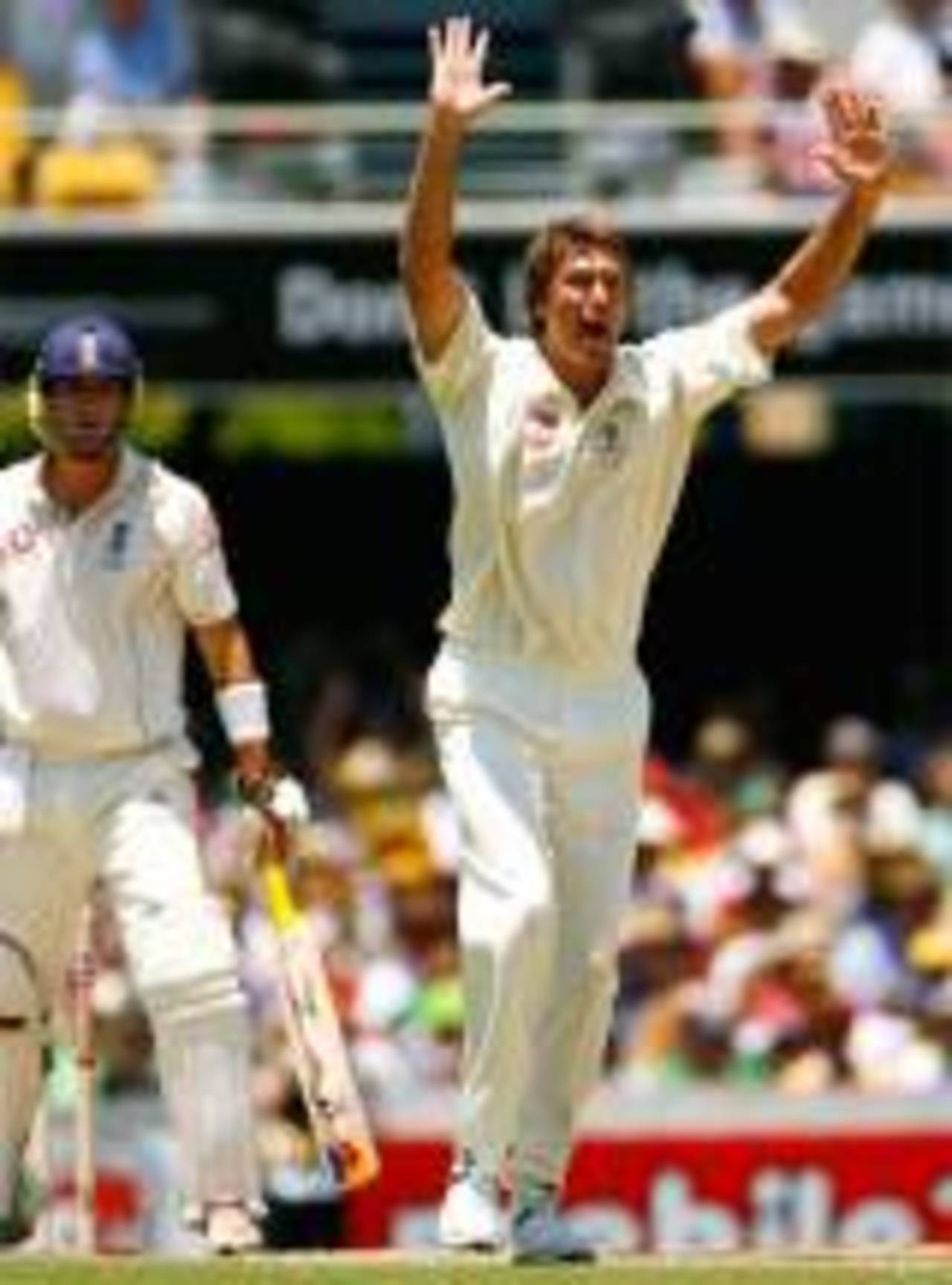The Ashes embodies cricket’s most traditional format: five five-day Tests played in white by daylight. Yet this has been fitted into a decidedly untraditional tour, the most anticipated series of modern times being shoehorned into six weeks, beginning with an unprecedented double header.
For the most part, this has been England’s problem, with only three second-class practice matches to prepare for back-to-back Tests - rather like trying to soup up a Go Kart to compete at the drag racing strip with the addition of some GT stripes. At the Gabba today, it became Australia’s, blessed with a first-innings lead of 445, but burdened with the choice of whether to enforce the follow-on.
Twelve years ago I was at the Gabba when Mark Taylor, with a lead of 259, and England’s openers Mike Atherton and Alec Stewart reaching for their pads, decided to bat again. Not quite the combination of Rommel and Mandela he later became, having not yet captained Australia to a Test victory, Taylor was roundly criticised for removing the Aussie boot from the pommie throat. In fact, he was probably ahead of the game. Not so long before he had enforced the follow-on against Pakistan at Rawalpindi and seen them bat Australia out of the game, Salim Malik putting his bat where his money had been with a masterful 237. Taylor reasoned that the eclipse of the rest day militated against bowling in consecutive innings, and also that his primo bowler, Warne, was advantaged by bowling on an older pitch – the whiz kid proved him right with his Test best 8-71. I remember Taylor confronted by one of his critics at the press conference afterwards, who insisted that England would have been psychologically destroyed by the follow-on. ‘Yeah,’ said the Tubmeister drolly. ‘I read that.’
What applied then applied trebly so in this Test. Reduced to four bowlers by the inclusion of Michael Clarke for the injured Shane Watson, Ponting would in choosing to bat again have been thinking ahead to the Adelaide Test that follows hot on this one’s heels. His four-man attack have a lot of hard yakka ahead – well, some anyway.
England would have been thinking ahead too. The first team to win a Test has been the team to take the Ashes in twenty-four of the thirty-one post-war series, and most of the seven comebacks were in an era when tours allowed space and scope to regroup after an initial defeat, 2005 being the glorious exception proving the rule. Even then the itinerary allowed nine days for England to regain its savoire faire. No such luck this time. Test cricket might be the longest of games, but England could be 2-0 down before it can draw a breath.

